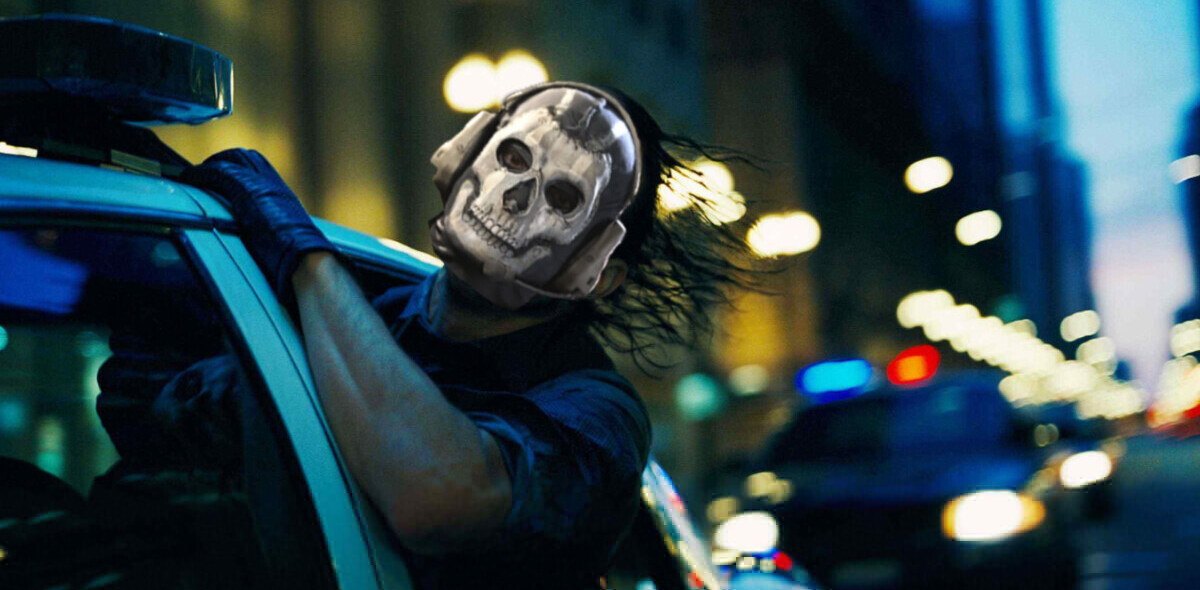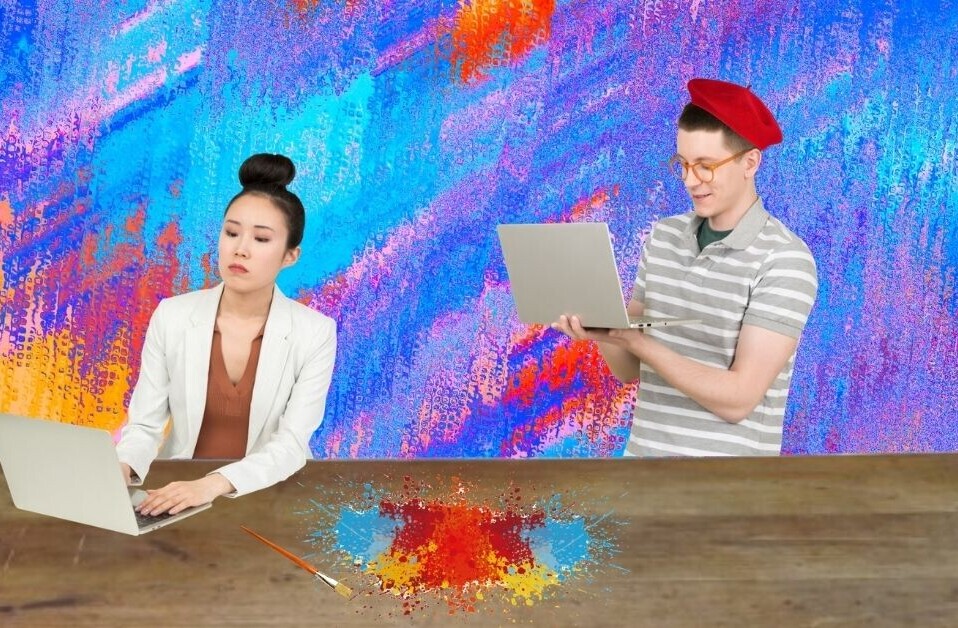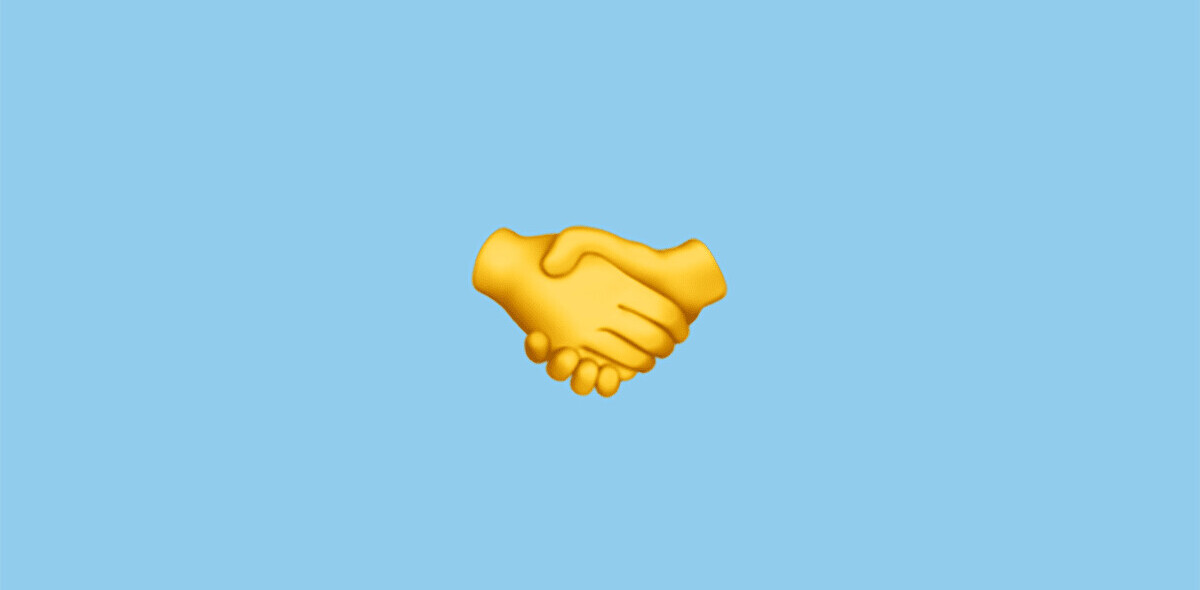
One of the most common misconceptions people have is that User Experience Design is all about usability. It’s easy to see why – usability means that a product is both usable and useful.
When you walk into an empty room, you can instantly imagine what purpose it will serve. Glance around and you get an idea for how to turn that space into anything that you want it to be. You can use it as a living room, an office, or a bedroom. It all depends on what furniture you choose and where you put it. The empty room is usable, but it’s not useful until you fill it.
In software, “the room” a user enters is never empty. Every software product has a user-facing side that was built for people to interact with. That interaction becomes an experience they go through when they use the product. It’s the UX designer’s job to make that experience a great one.
User Experience Design is about feelings

Good user experience doesn’t have to be memorable, but it does have to make you feel something. Ideally, it should make you feel like getting a product to solve your problem was easy. Effortless, even.
Design isn’t just about problem solving; it’s about creating a more humane future. – Dan Saffer, The End of Design as We Know it.
People always talk about products that delight the user, but often misunderstand what that means. It’s not about the vibrant colors or how beautiful the design is. Great user experience is often completely disconnected from how the product looks. Sometimes the best user interface is no user interface, because UX is about how something works, and not how it looks.
You can delight a person by making your product work so well that they forget that it’s there. To delight the user is to charm them every time they interact with your product. Which means that:
UX Design is about Behavior

If you’re the end user – will it make you stop everything you’re doing? Does it have to? If it does – will that interaction be worth it for you?
A UX Designer must ask those questions before you do. She must also make assumptions about how the product fits into your life, what value it adds and what pain it removes. She must be empathetic to your problem, even if she is not familiar with it herself.
Empathy will get you to see the problems from the users’ perspective, but not the solutions. It’s a stepping stone on the way to a more important place: understanding – Dan Saffer, In Design, Empathy is not Enough.
This means that user experience design is an ongoing process, not a step in prototyping. As the product evolves and changes – so does the user experience. Small updates on the backend, and a simple UI redesign can have a profound effect on how the product feels.
UX Design is about people

People hire products for some job-to-be-done, and it’s the UX Designer’s job to bridge the gap between technology and humanity. She must understand that technology is fundamentally a technique for problem solving, and the “user” exists only as a concept. Every “user” is a person with hopes, and dreams, and some pain that they would like to remove from their life. UX Designers understand that the removal of that pain is not the only thing that this person lives for. For them – it’s just another job-to-be-done.
User experience design is about finding the sweet spot where the human needs and goals of a business meet. Without that understanding, technology companies risk assuming self-importance. Which results in them making software that behaves like it’s supposed to be the only product you use. Products like that steal your time, which often happens because their UI is difficult to navigate.
The difference between UX and UI

The UX Designer’s job is to start with the psychology of the user. She must remember that the goal of the product is to solve a person’s problem – to remove some pain from their life. Because of that, the UX Designer doesn’t have to know how to code, but she does have to know how people think, and what drives them.
The path from having a problem to having that problem solved is where user interface is most important. UI visualizes that path, making it easy for people to follow. It’s common for companies to want the designer to do both UX and UI, because of how closely the two are linked. When a designer is interviewing customers in the field, and crafting a journey for them – she’s doing UX. Work on UI begins the moment she starts building that strategy out with actual graphics, which is a process known as wireframing.
You can learn more about wireframing with these resources from UXPin:
You can better understand the challenges UX designers face by reading real-world case studies. Gabriel Tomescu (a UX designer at Wave) wrote an excellent one, called The Anatomy of a Credit Card Form. He talks about having to answer all the questions people have while filling one out, and before they make a purchase. That’s where UX and UI Design overlap the most – when the problem is well defined, and there’s a clear path to solving it.
You don’t need to be a great visual designer to do that, and UX is best learned through improvisation.
How to start learning UX Design

UX Designers are currently in high demand, and that demand is expected to grow in the coming years. The median salary for UX Designers in US is $90,000/yr. At the time of this writing, AngelList has 204 UX Designer job postings with an average salary being $77,000/yr
There’s never been a better time to start learning how to become a UX Designer than right now. Here are some resources to help you get started:
Learn to design great products by focusing on the user: UX Design Workshop by Springboard.
Take a course on Coursera: Learn How to Design Great User Experiences.
Download free ebooks from UXPin:
Learn about Dieter Rams’ 10 Principles of Good Design.
Get the TNW newsletter
Get the most important tech news in your inbox each week.




